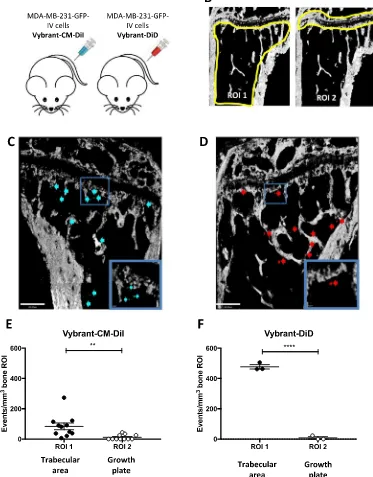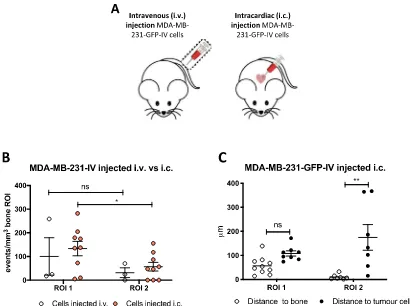The bone metastasis niche in breast cancer– potential overlap with the haematopoietic stem cell niche in vivo
Full text
Figure




Related documents
IDBCBM, initially diagnosed with stage IV breast cancer bone metastasis; OS, overall survival; HR, hormone receptor; HER-2, human epider- mal growth factor receptor-2; ER,
Thus, increased tumor formation together with increased type I collagen-positive cell numbers and enhanced CTGF/CCN2 expression in bone, occurred upon intra-bone injection of
Here we have shown in a mouse model of metastasis that human prostate cancer (PCa) cells directly compete with HSCs for occupancy of the mouse HSC niche.. Importantly, increasing
left ventricle with MDA-MB-435-GFP-BM1-4 cells compared with the parental MDA-MB-435-GFP cells (BM0) (*p < 0.05). c) Time- course imaging of breast cancer bone
Abbreviations: ADT, androgen deprivation therapy; AIRE, autoimmune regulator gene; ALK, anaplastic lymphoma kinase; ATCC, American type cell culture; eR, estrogen receptor;
mature female mice. 5 Quantification of human breast cancer cells arriving and colonizing the bone marrow of female mice. a The DiD labelled tumour cells entering the


